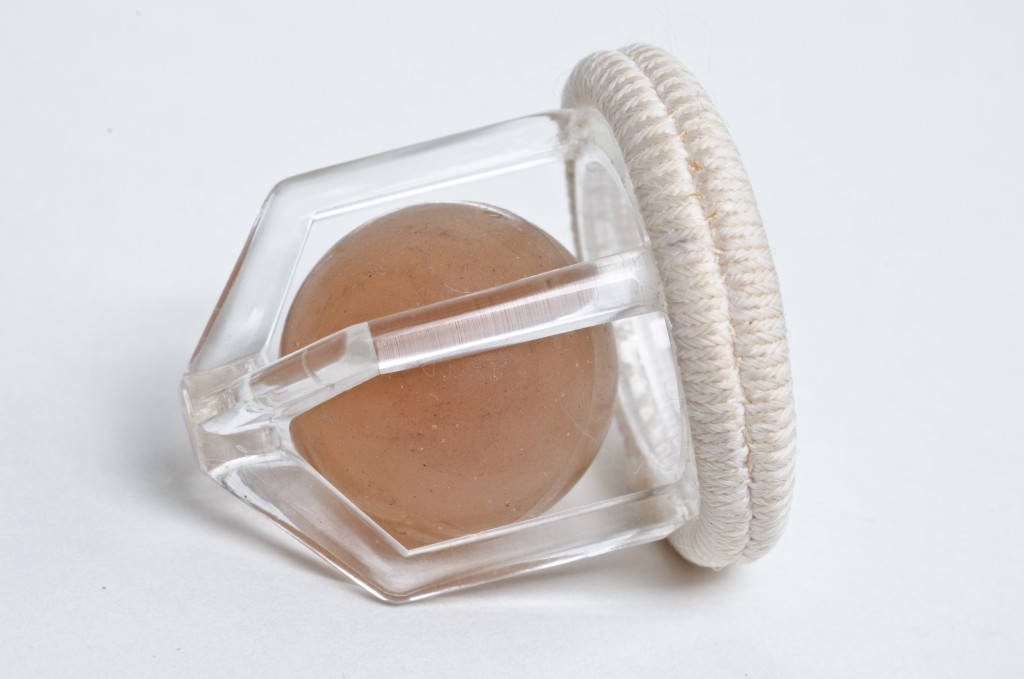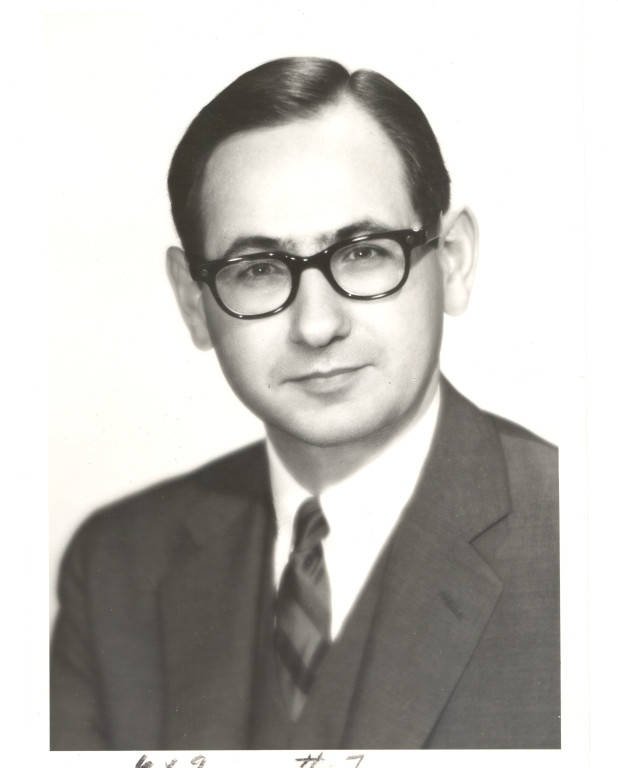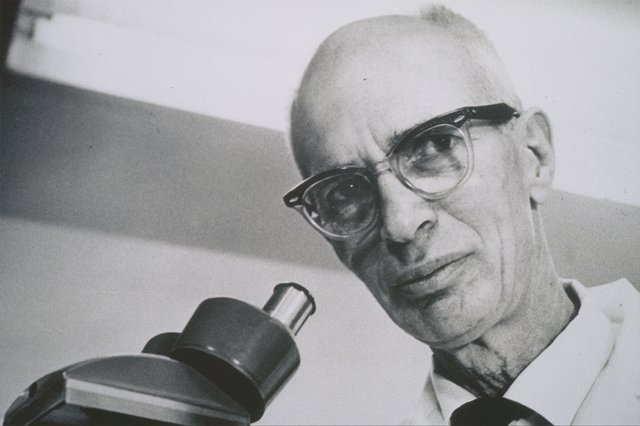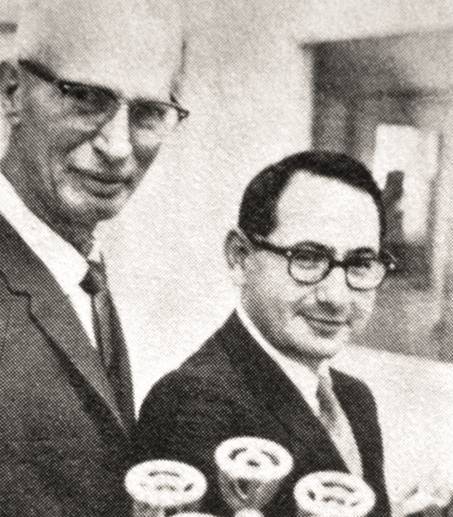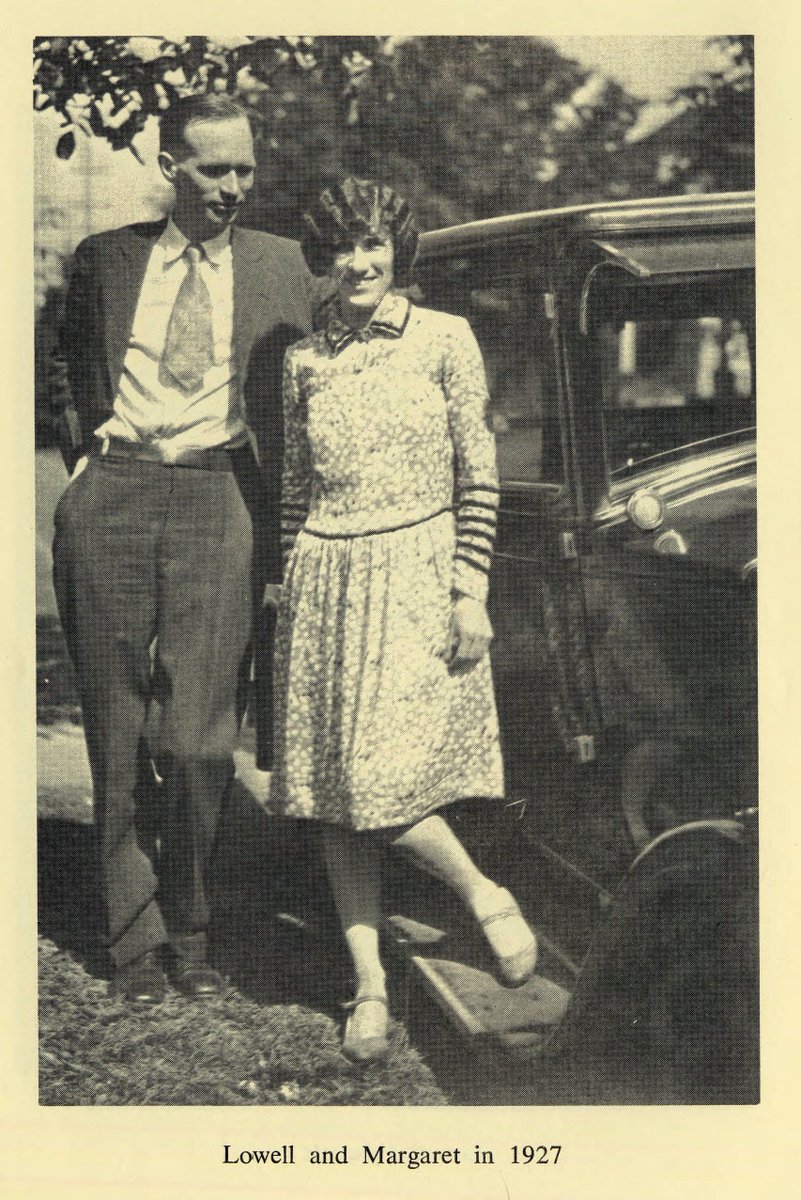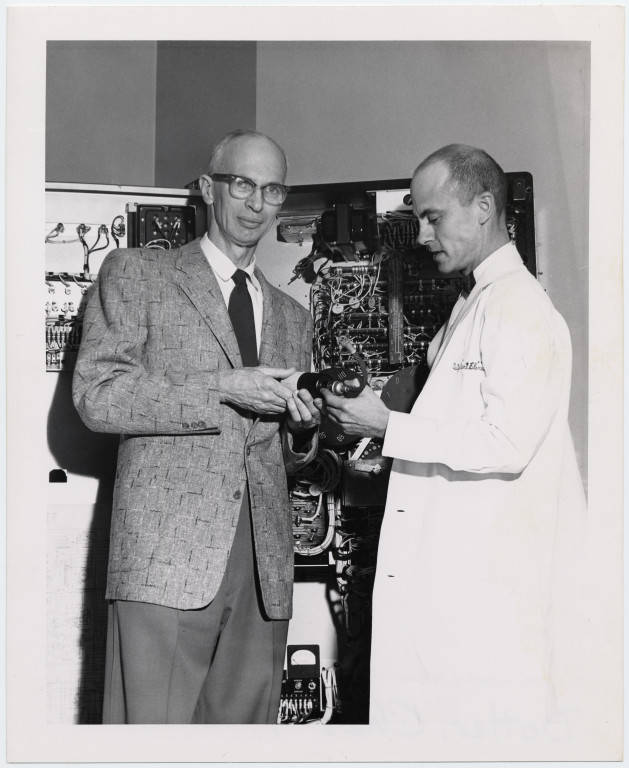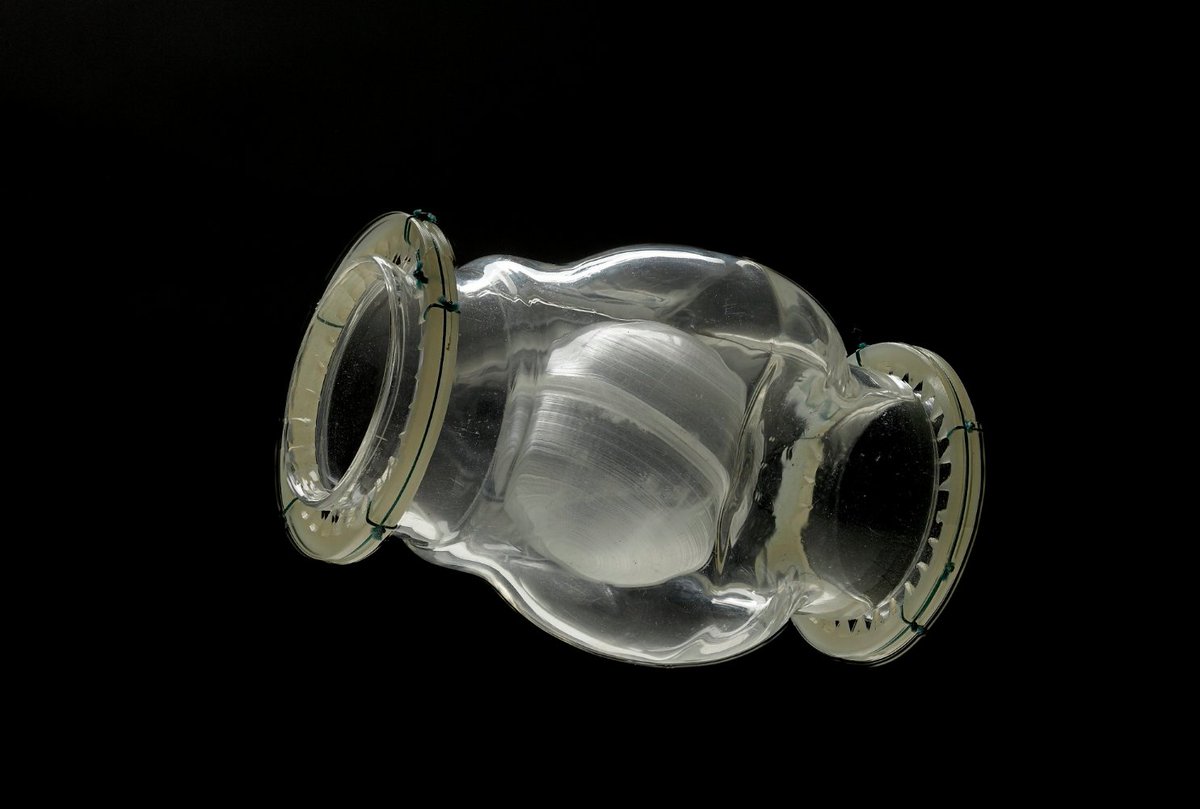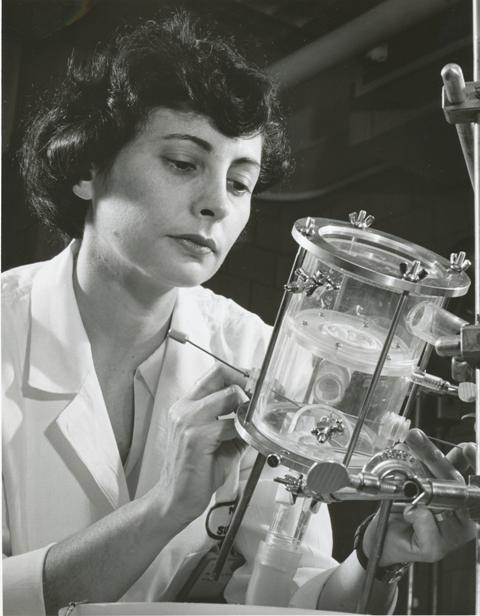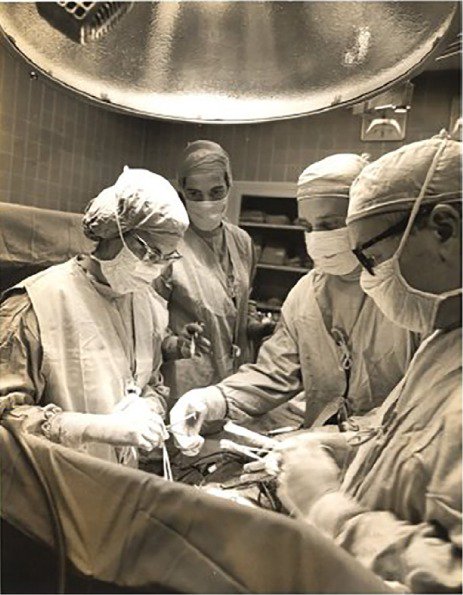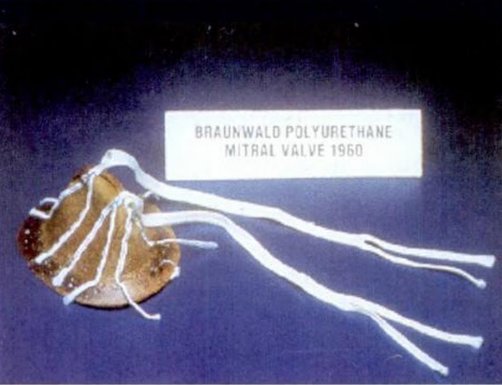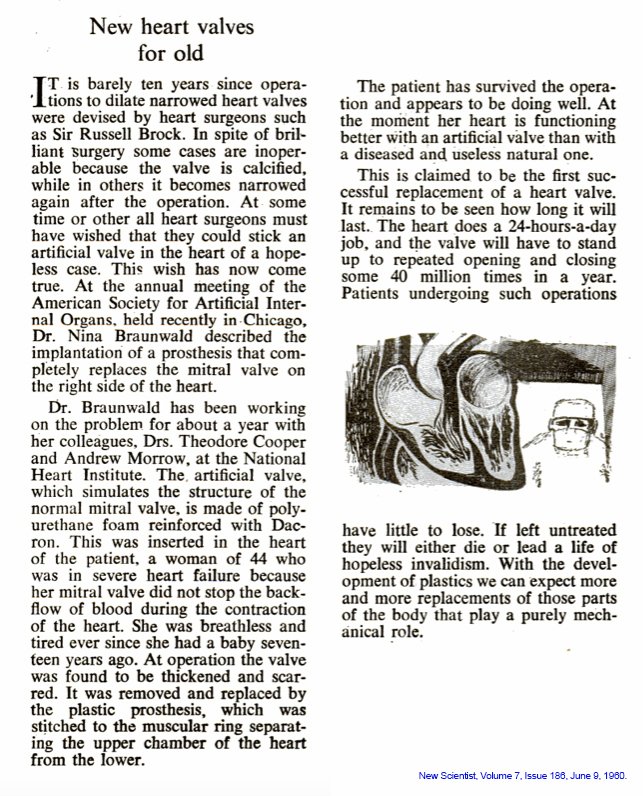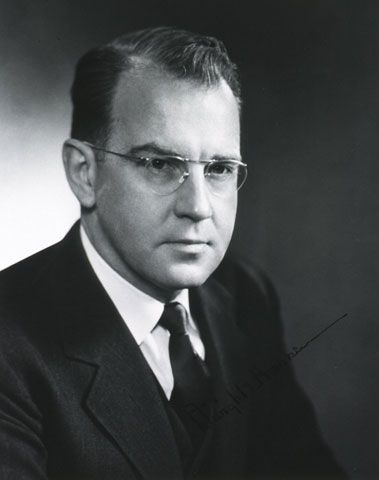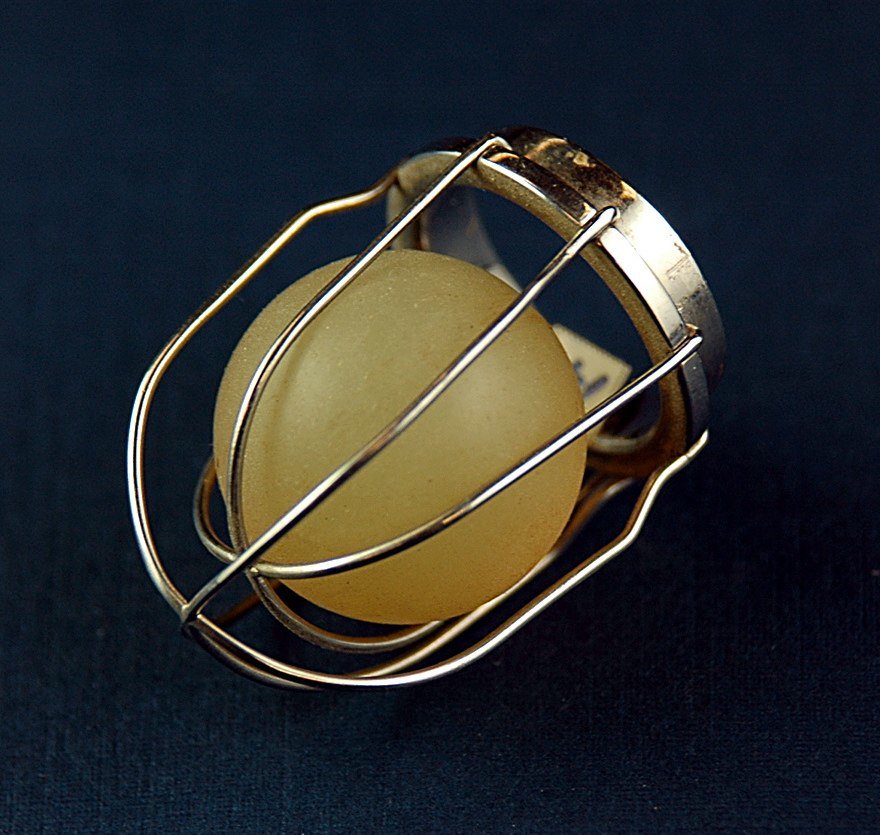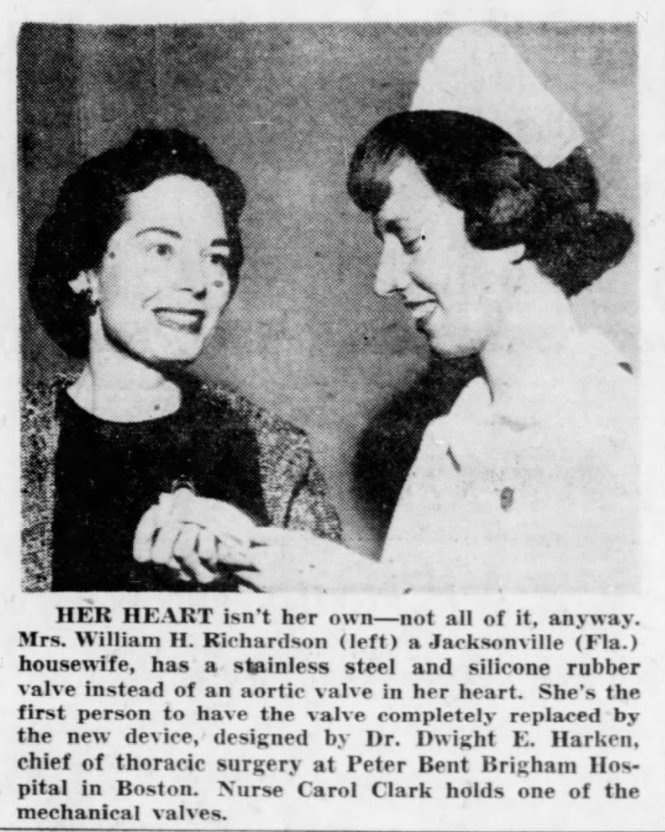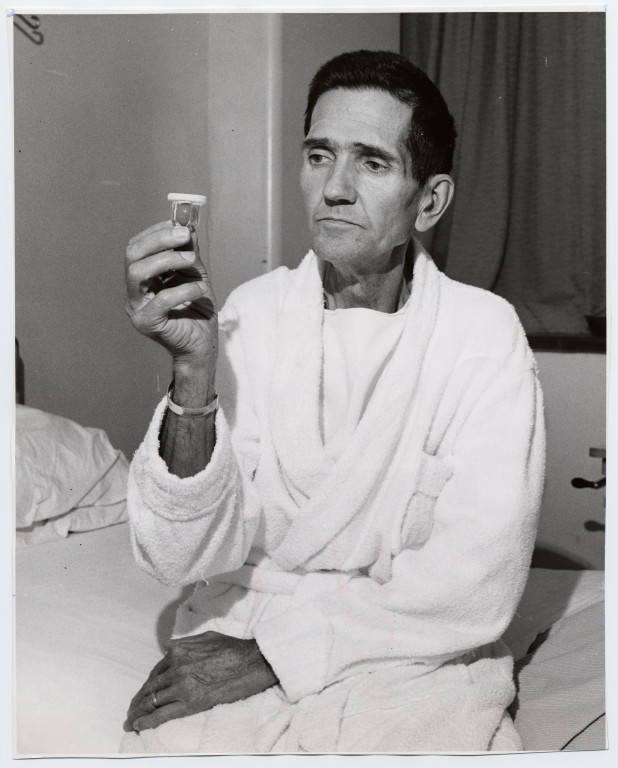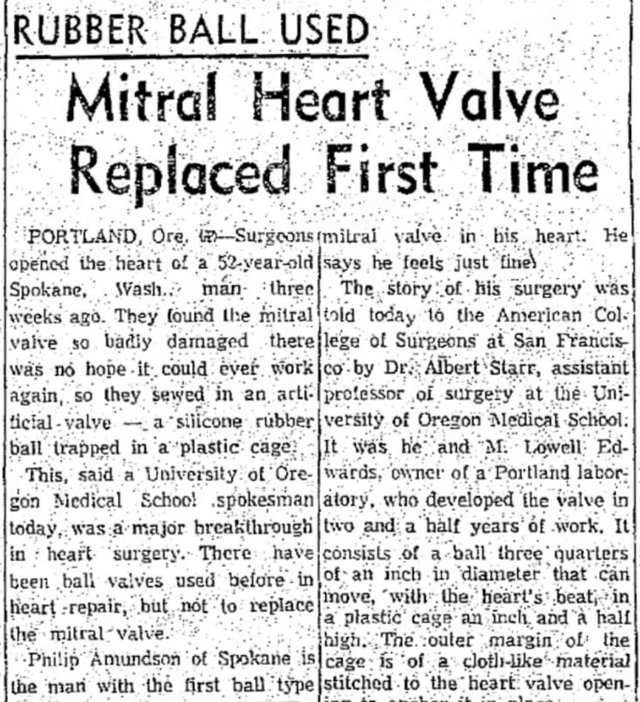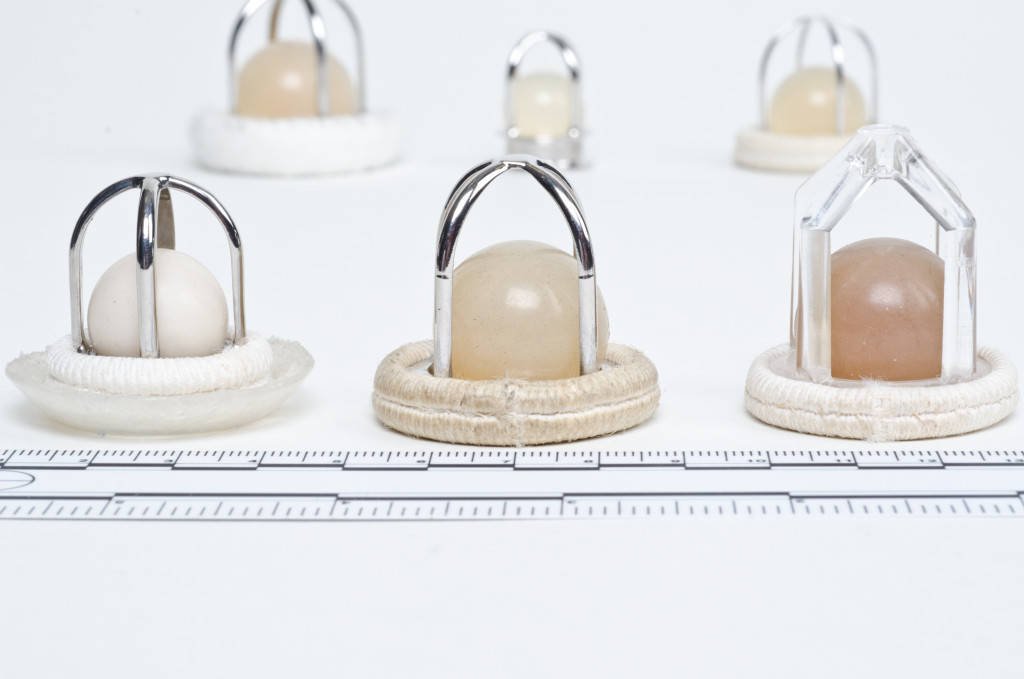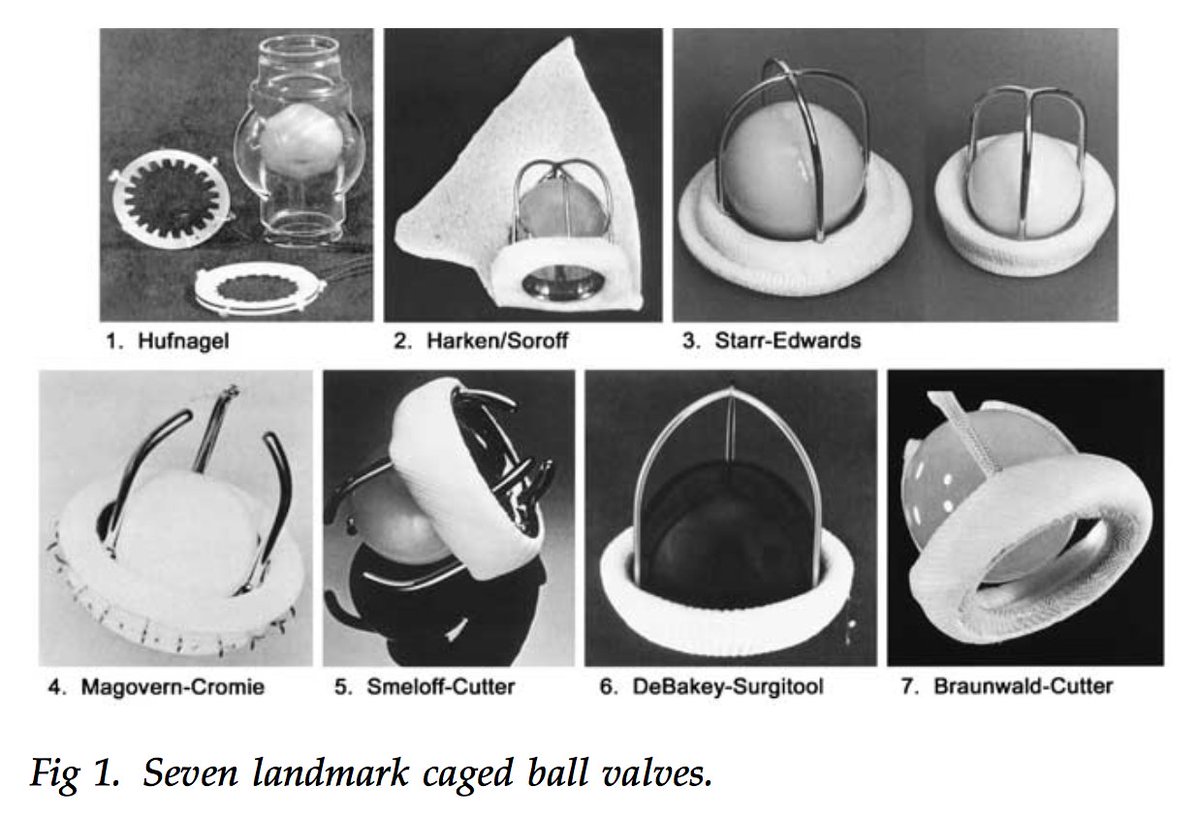Hey, all! Sept. 21 marks the anniversary of the first successful implantation of a Starr-Edwards valve in 1960 by Dr. Albert Starr @OHSUSOM!
Miles “Lowell” Edwards was already 60 years old when he first met with Dr. Starr to discuss working together to develop medical devices.
An engineer, Edwards had made a fortune with his 63 patents but he had kept an interest in the heart after getting rheumatic fever as a kid.
Edwards initially proposed to Starr an ambitious goal of creating an artificial heart. Starr suggested they tackle something more realistic.
Up to this point, there had been limited success with artificial heart valves in humans. Starr and Edwards decided to take on the challenge.
In 1952, Dr. Charles Hufnagel had implanted the first artificial valve in the descending aorta. It did not replace the actual aortic valve.
On March 10, 1960, Dr. Nina Braunwald and Dr. Andrew Morrow implanted a polyurethane mitral valve with Teflon chordae in a patient.
Their first pt died but the next day a 44yo woman received the valve and lived for 4 months. It was the first successful mitral replacement.
Also on March 10, 1960, Dr. Dwight Harken of @BrighamWomens implanted a ball-cage valve of his design in the aortic position of a patient.
This was the first successful aortic replacement on record! His patient, Mary Richardson, survived for 30 years after the surgery.
What about Dr. Starr? In a NEJM interview, he recalls the first implant of his and Edwards’s valve in August 1960. http://goo.gl/7FVFLZ ">https://goo.gl/7FVFLZ&qu...
That first patient was a woman in her 40s. Although she survived the surgery, she died later that night of a large air embolus to the brain.
The next implant was not done until September 21, 1960. That patient was Philip Amundson, a 52-year-old farmer with mitral stenosis.
Mr. Amundson survived, becoming the first person successfully to undergo mitral valve replacement with the Starr-Edwards valve.
The original Starr-Edwards valve was a silicone ball in a lucite cage, but over the years, it underwent many revisions.
Others ball-cage valves were introduced to the market also, but the Starr-Edwards became by far the most widely used model in the world.
According to some reports, over 300,000 patients around the world have received a Starr-Edwards valve!
EPILOGUE: Mr. Amundson survived for 10 years with his Starr-Edwards valve before falling from a ladder while painting his house and dying.
I& #39;m curious, does anyone have a recording of what a working ball-cage valve sounds like?

 Read on Twitter
Read on Twitter